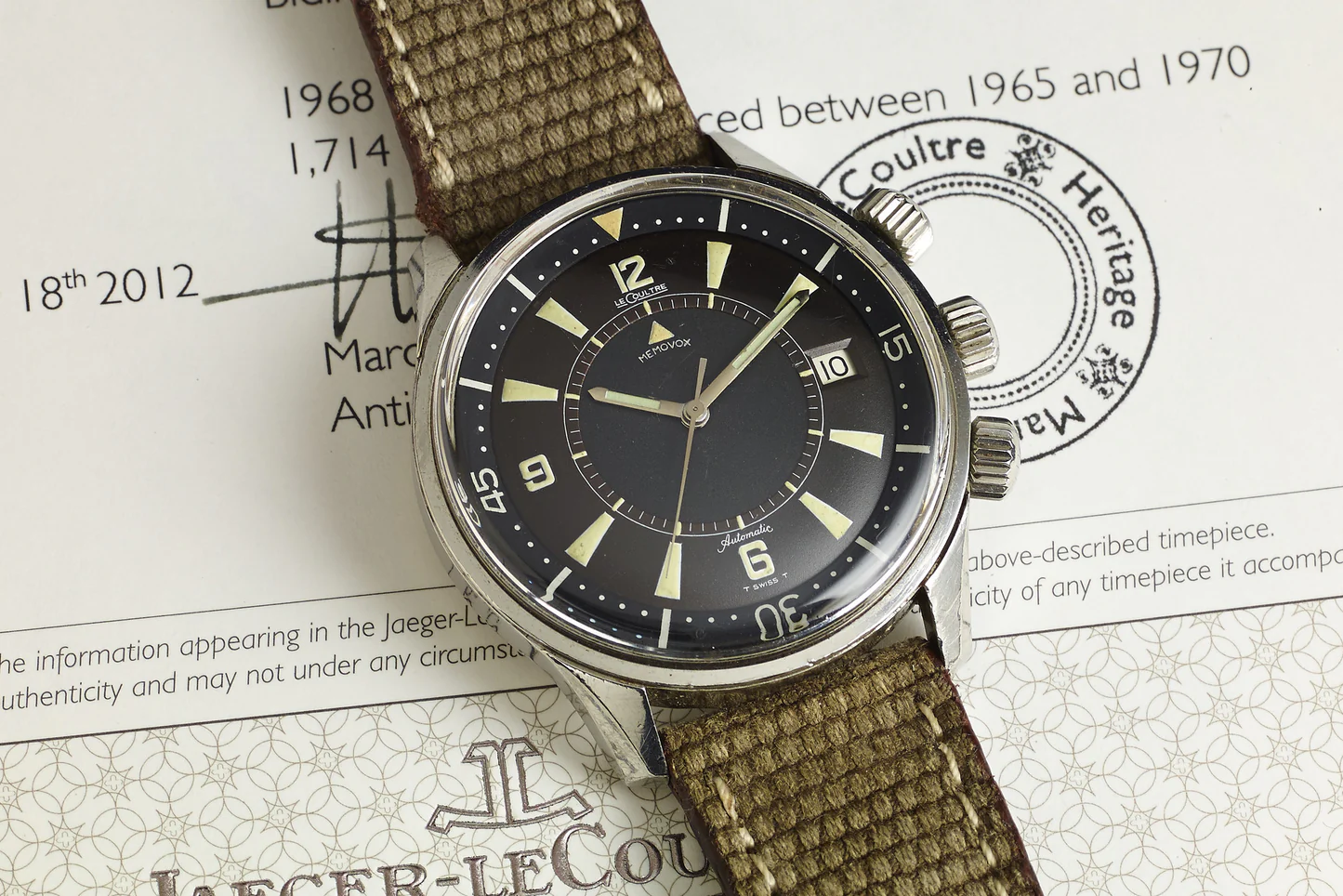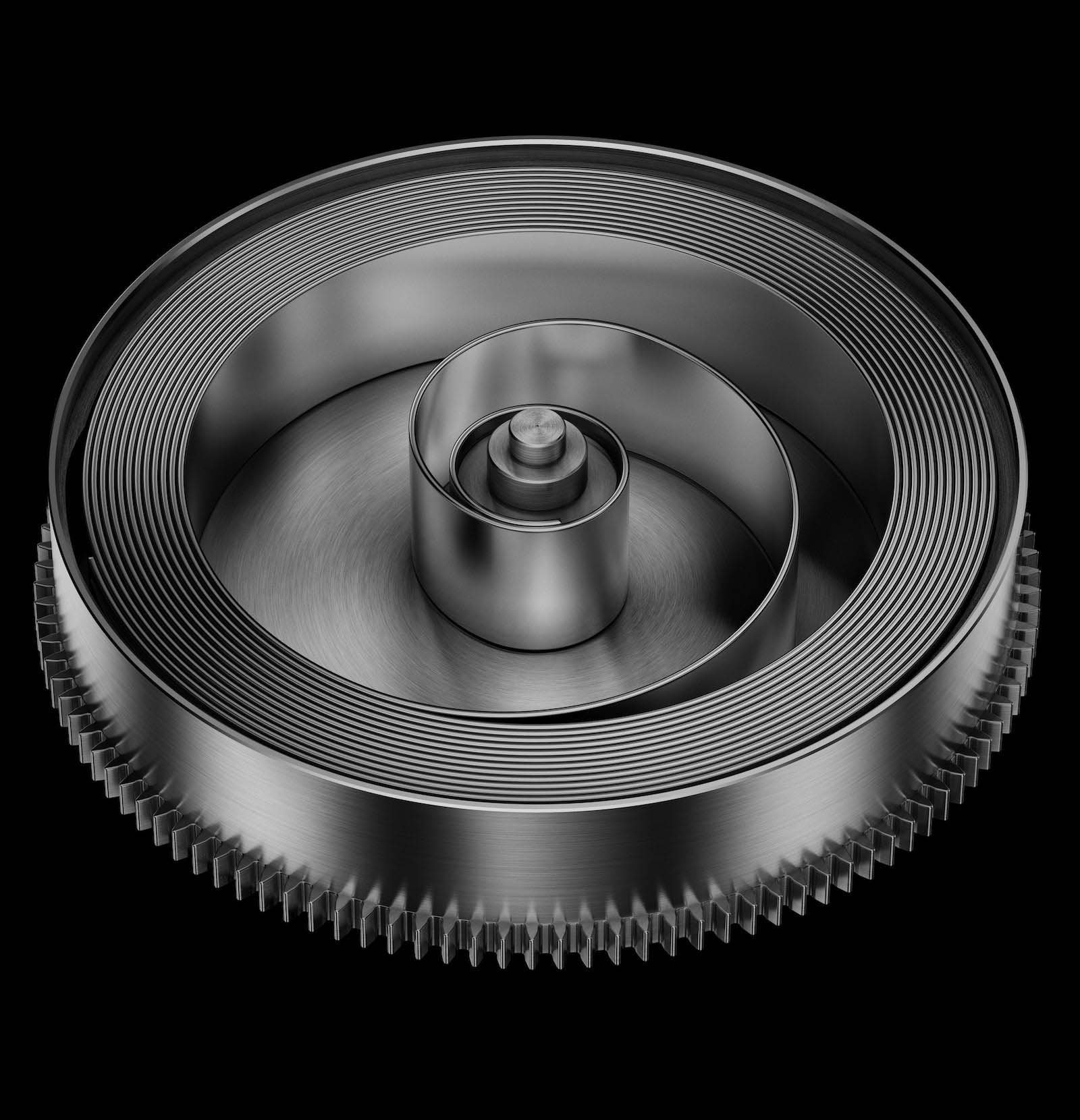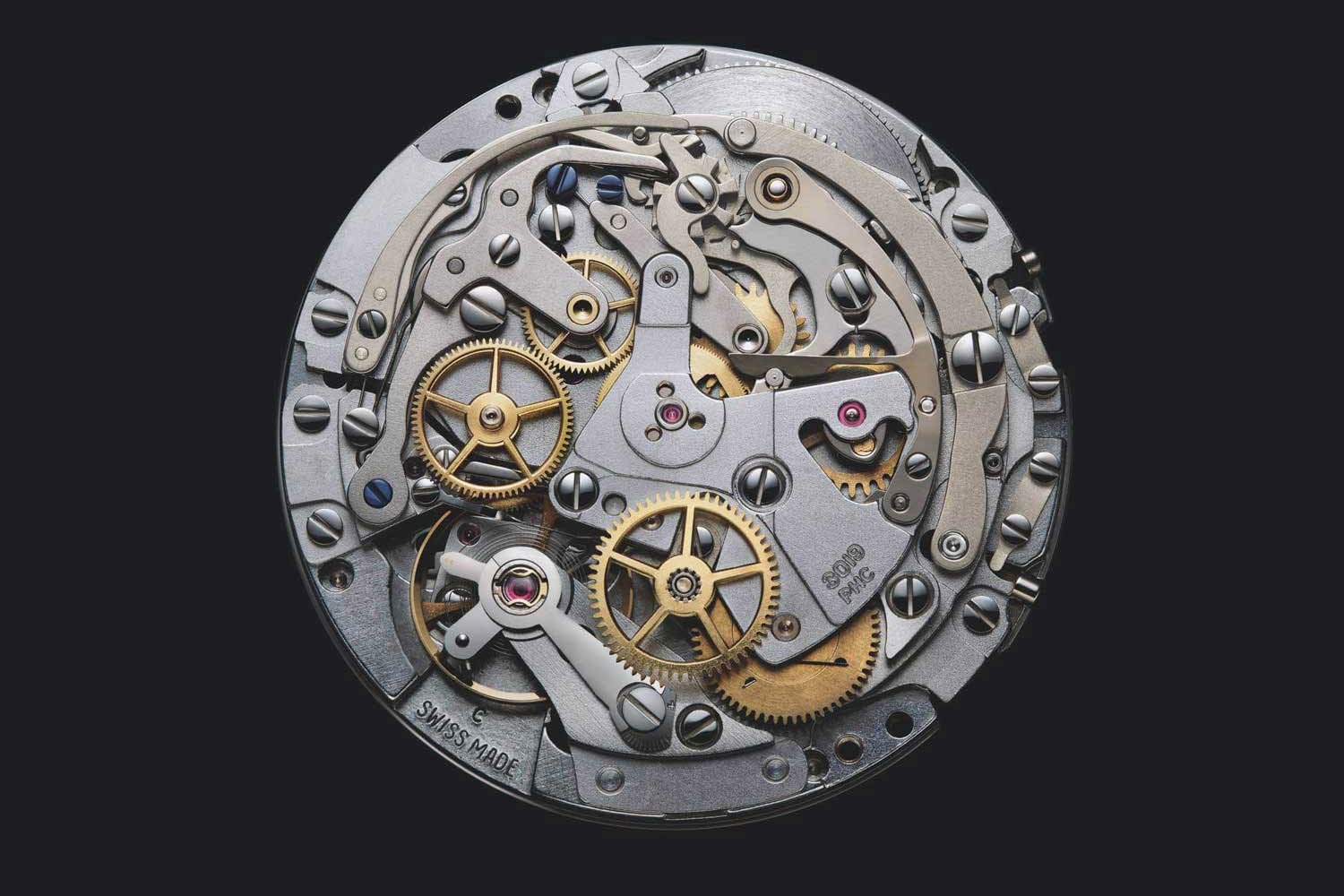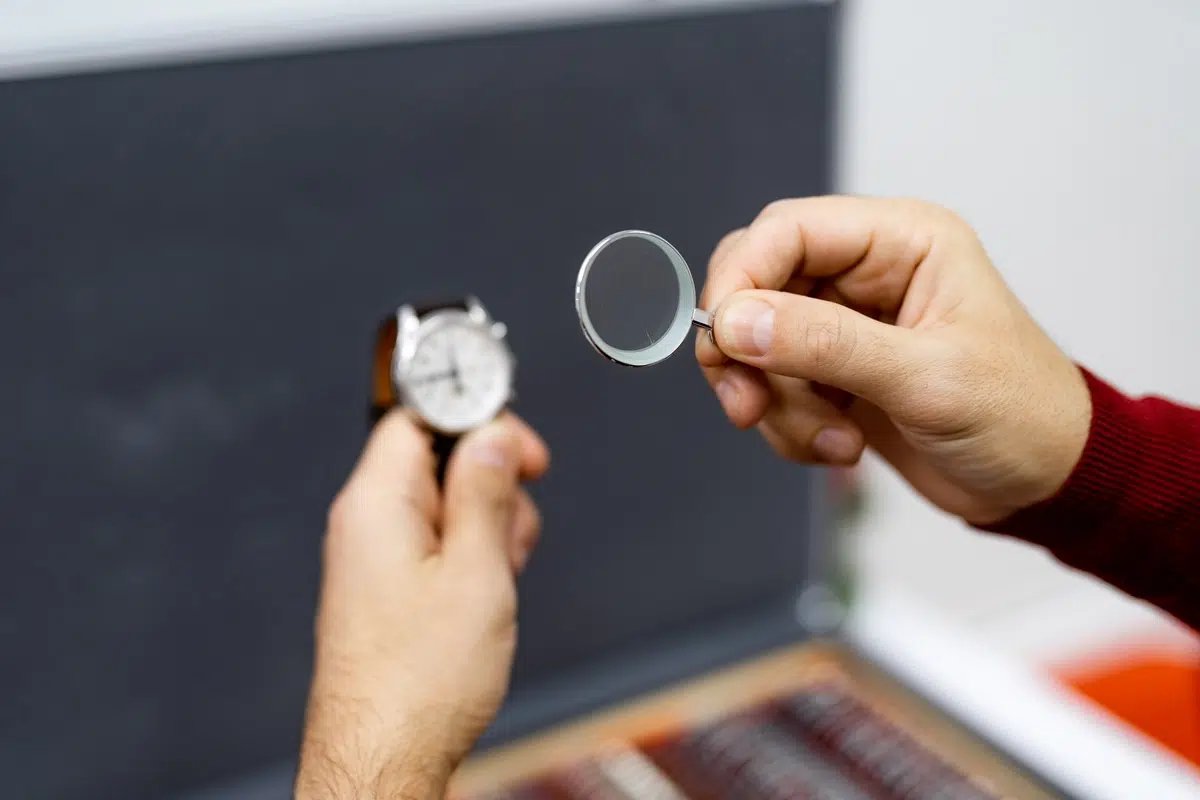Table of Contents
The current BMW 5 Series It may be the most conservatively styled sedan in the German manufacturer’s current offering. With noticeably softer lines than the current 3 Series and definitely less extreme than the new 7 Series and yes, the equally novel i7.
During its existence, the 5 Series has always been a traditional executive car. But always oriented towards high performance (the BMW house brand) with rear-wheel drive. That equation necessarily had to be affected with the advent of the electrical age. The Munich firm presented the new 5 Series for 2024, already electrified with a 48-volt system in combination with an internal combustion engine; but the all-electric version of the 5 Series was also presented simultaneously: the i5.
The new BMW 5 Series will initially be offered in 530i and 530i xDrive, i5 eDrive40 and i5 M60 xDrive versions; Additionally, a 540i xDrive version will arrive a little later, but this year. The 530i and 540i xDrive models offer 48-volt hybrid powertrain configurations, while the i5 will be 100% electric vehicles. At the launch there was talk of a plug-in hybrid and it could be called 550e – the best of two or… three worlds?


The new 5 Series sedan is now 8.6cm longer, just over 3cm wider with benefits for rear passenger comfort. Same case with the wheelbase, which is now the longest in the category. In each version of the 5 Series and the i5, the mechanical components are distributed to achieve a weight distribution as close to 50/50% on both axles.
Vertical lights
The famous grills have identified all BMWs since the 1930s. They are still called “kidneys” although they really lost that shape a few decades ago. Now they have a close relationship with previous generations with a logical evolution. The four-element headlights, also part of the BMW identity, now feature vertical DRLs (Daytime Running Lights).


The internal combustion engines available correspond to the latest generation of BMW, powered by turbocharging. In the case of the 530i, 2-liter displacement with 255 bhp, and 3-liter six-cylinder with 375 bhp in the 540i XDrive. In both cases they receive an extra push when accelerating from the 48V electric system and motor with the Sport Boost and Launch Control modes. The transmission is an eight-speed automatic. Speaking of the 100% electric part of this model, there will be two versions of the i5 at the moment: EDrive40 and M60 XDrive.
Electric motor
In the first we will find a single electric motor that drives the rear axle. This delivers 335 hp and 295 lb-ft of torque, but can be boosted up to 317 lb-ft in Sport Boost and Launch Control modes. The eDrive40 has an electronically limited top speed of 193 km/h and can go from 0 to 100 km/h in 5.7 seconds, barely edging out the base gasoline version and more than a second slower than the 540i xDrive.
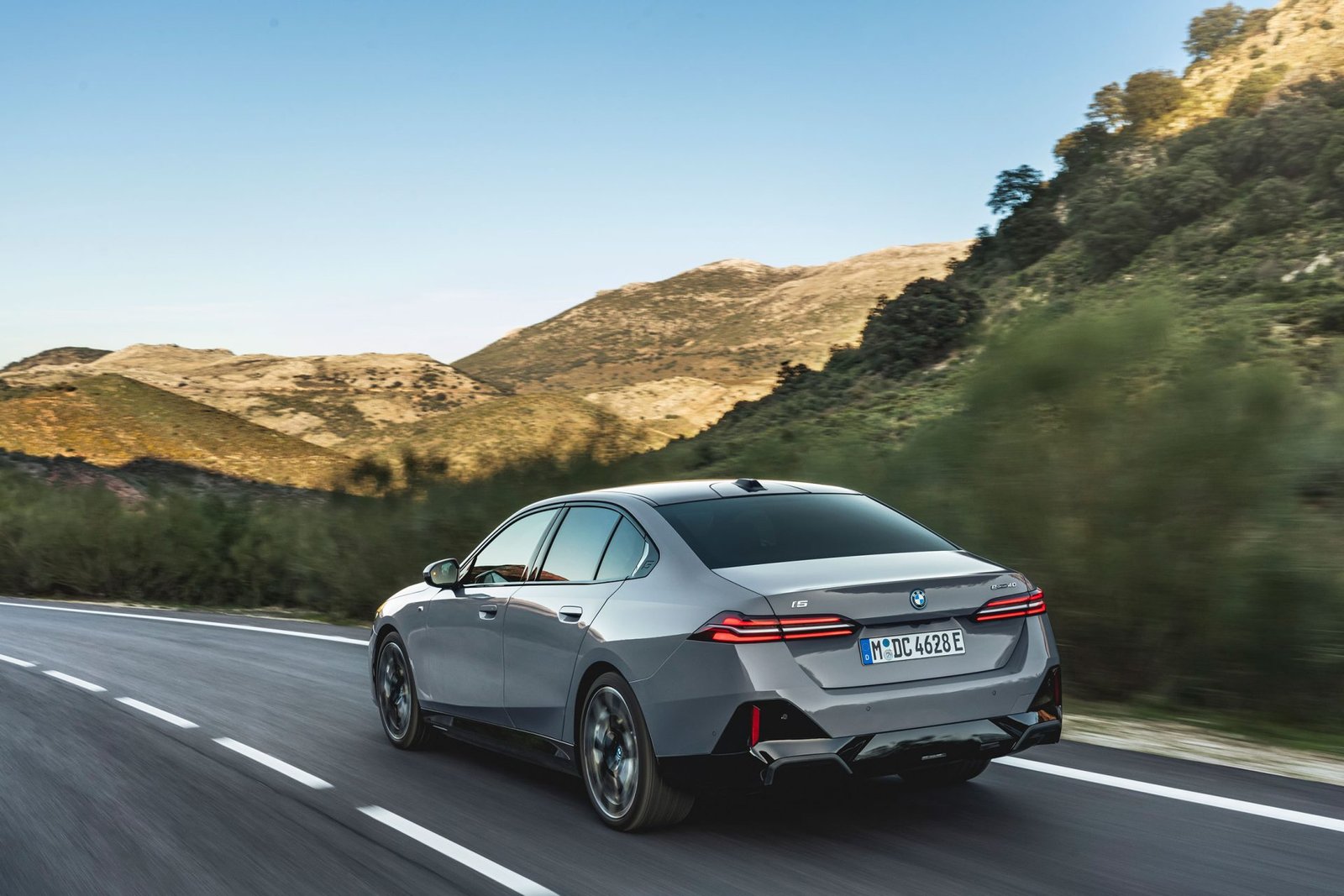
Extreme acceleration
At the top of the 5 Series pyramid, specifically the i5, is the M60 xDrive with 590 hp thanks to two sets of an electric motor and a transmission mounted on each axle. The front set delivers 257 bhp and the rear set delivers 335 bhp. Altogether, total system torque is 549 lb-ft, which can reach 605 lb-ft in M Sport Boost or M Launch Control modes. All this technology allows acceleration from 0 to 100 km/h in 3.7 seconds. In addition, with an electronically limited maximum speed of 230 km/h with sports tires.
The new Series 5 de BMW It deviates slightly from the path established by previous generations, but with a significant dose of innovation and the now inevitable electrical integration.


